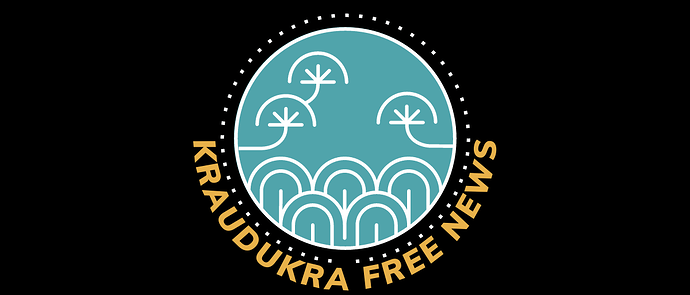Cordilian Fever Cases Plateau in Some Areas, Surge in Others as Governments Adjust Response Strategies
Alkantara, Krauanagaz— Public health authorities across Southern Cordilia reported mixed progress today in containing the months-long Cordilian Fever outbreak, with some regions seeing early signs of stabilization while others face sharp spikes in new infections.
In Okhoa, the Ministry of Health announced that daily new case numbers have plateaued for the first time in six weeks, with the reproductive rate falling below 1.0 in four Zarhmas. Interim Health Minister Áma Drovai attributed the shift to “consistent application of localized lockdowns, targeted vaccination drives, and rapid-response medical units.” However, she cautioned that the picture is far from uniform, pointing to “severe flare-ups” in coastal settlements where recent celebrations following the Zuhlgani withdrawal brought large, maskless gatherings.
Krauanagaz’s Center for Disease Control (CDC) reported a worrying uptick in the northern provinces of Krautallaz and Zhzoatal, where refugee camp populations remain densely packed despite repeated calls for decongestion. Aid groups warned that conditions in these camps, many still recovering from the early-year natural disasters, are ripe for rapid viral spread.
In Zuhlgan, official figures remain contested. The Dominion Health Ministry has reported “only minor increases” in case numbers, but independent observers, including the Cordilian Epidemiology Network (CEN), claim local outbreaks in at least three inland regions are “severely underreported.”
The joint World Forum-led airlift campaign has now delivered over 4.3 million vaccine doses to affected areas, with Okhoa receiving the largest share per capita. Okhoan Interim Prime Minister Adral Kethune announced yesterday that all Zarhmas will have at least one permanent vaccine distribution hub by the end of the month.
Yet bottlenecks do remain. In rural Krauanagaz and across Mitallduk, poor road conditions, many worsened by the onset of the region’s wet season, have delayed shipments. The WF Logistics Command confirmed that two planned ferry shipments of cold-storage vaccine containers to the Tadukallai Isles were postponed due to heavy storms.
The Cordilian Chamber of Commerce estimates regional economic losses from the pandemic could exceed 172 billion Pacifican Dollars by year’s end, with tourism, shipping, and agriculture hardest hit. Okhoa’s fishing industry, a key source of its export revenue, has seen activity drop by more than half as crews test positive or remain under quarantine.
Public frustration is mounting in some communities. In Krauanagaz’s southern port city of Tairhal, hundreds marched yesterday against new movement restrictions, demanding clearer government timelines for reopening. “We cannot endure endless lockdowns without support,” said union leader Rurik Demana.
A new World Forum task force is set to meet in Tatallap next week to discuss vaccine equity and the creation of a shared medical reserve for Southern Cordilia and Okhoa. Krauanagaz has pledged 15,000 field hospital beds for WF distribution, while Okhoa has offered to host the pandemic monitoring center once its new parliamentary government is seated.
WHO regional director Mavren Salhi warned that complacency could trigger “a catastrophic third wave” if restrictions are lifted prematurely. “We’ve seen this virus rebound before,” Salhi said. “If the region drops its guard now, the gains we’ve made could vanish.”
The coming weeks will be decisive. Public health officials say the combination of accelerating vaccinations, targeted restrictions, and transparent reporting could bring the pandemic under control before the end of the year— but only if political stability and resource flows hold steady.
